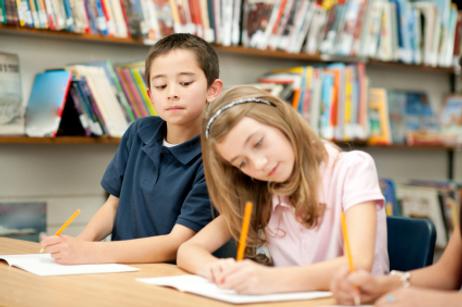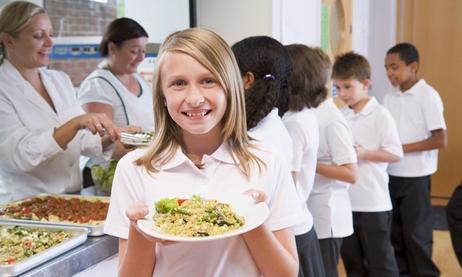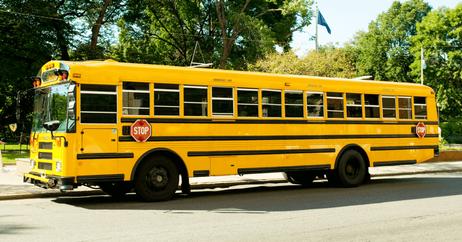Aided by technology, more students cheat in public schools than ever before. While only 20% of students in the 1940s admitted to cheating in school, this statistic has skyrocketed to 75% of today's high school student population, according to Educational Testing Service. From cell phones and text messages to emails, cheating has found technological accomplices.
Cheating Trends
According to the School Library Journal, Dr. Donald McCabe, a management and global business professor at Rutgers, has found that nearly all high school students have admitted to engaging in some form of cheating. Unbelievably, 95 percent of all of McCabe's surveyed students report that they have cheated (at some point) during their educational years! Whether the cheating involved copying homework, sharing answers on a test, or using other tactics, McCabe asserts that most teens participate in these behaviors - often without getting caught.
From surveying the cheating practices of high school students for over six years, McCabe has accumulated data from 24,000 high school students in 70,000 high schools. Based on this extensive data, McCabe found that 64 percent of the students have admitted to engaging in serious test-based cheating (including copying, helping someone during a test, and using hidden notes).
Why Students Cheat
Why do such a large majority of students cheat in school? While cheating was once stereotypically confined to struggling students, today's cheaters are often the "best" students. In fact, according to The Josephson Institute, "Cheating is higher among college-bound






















